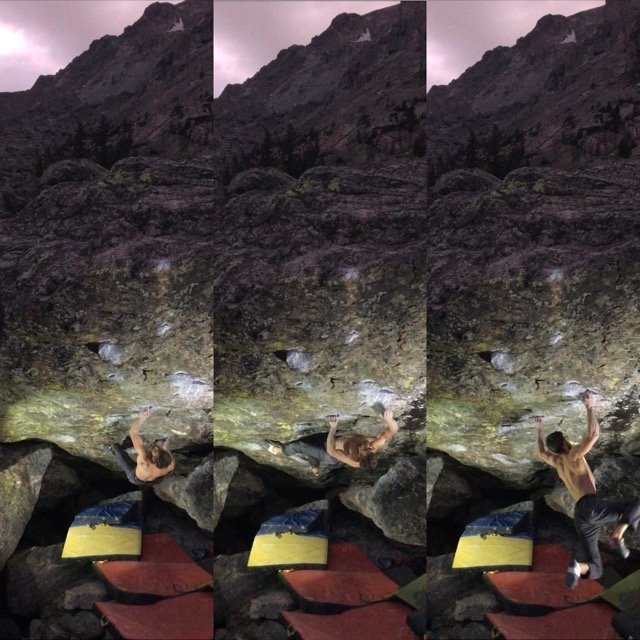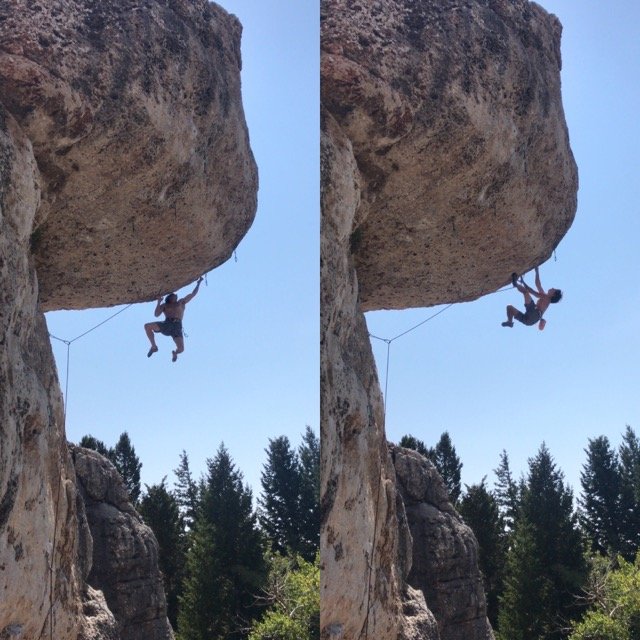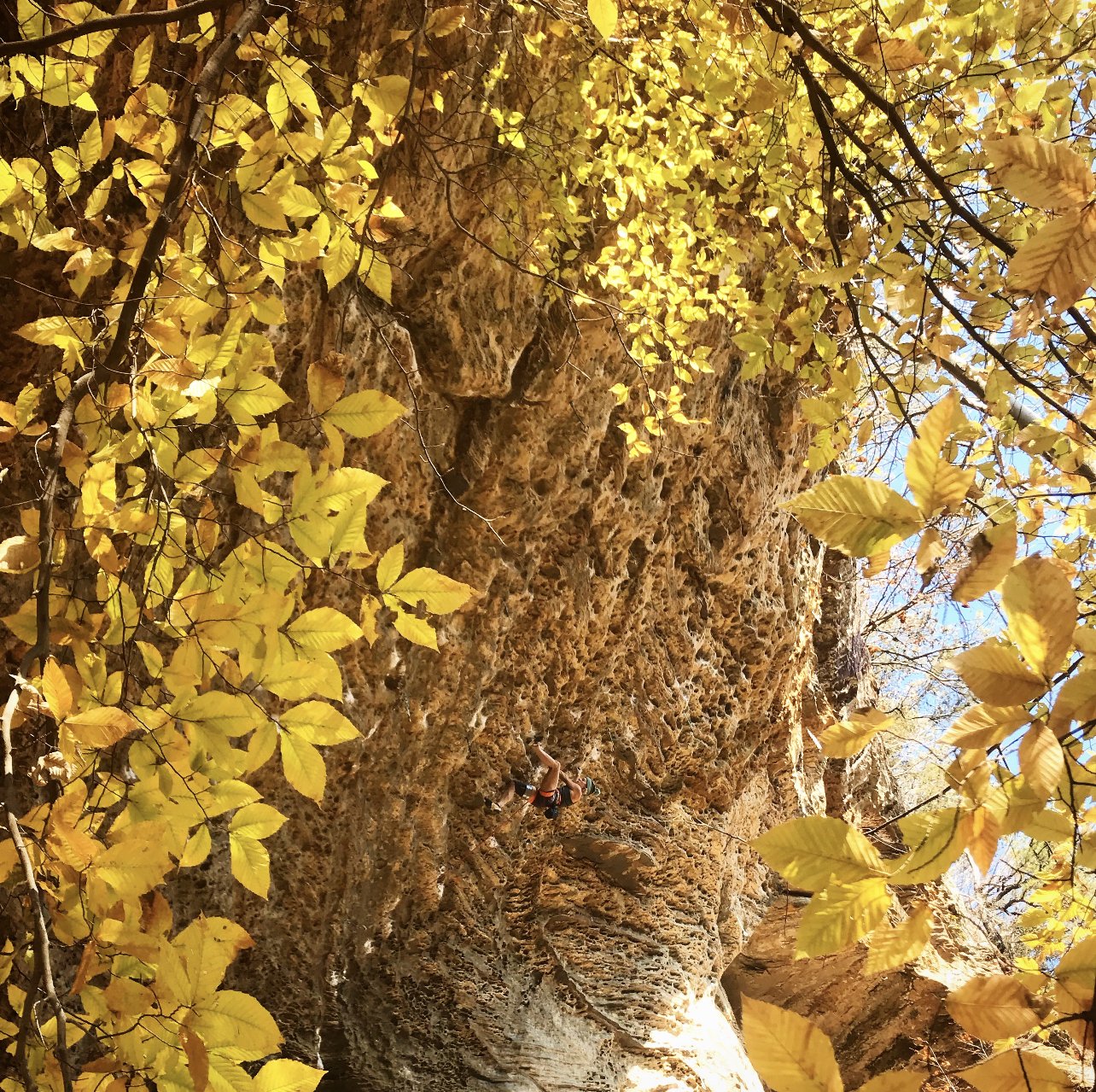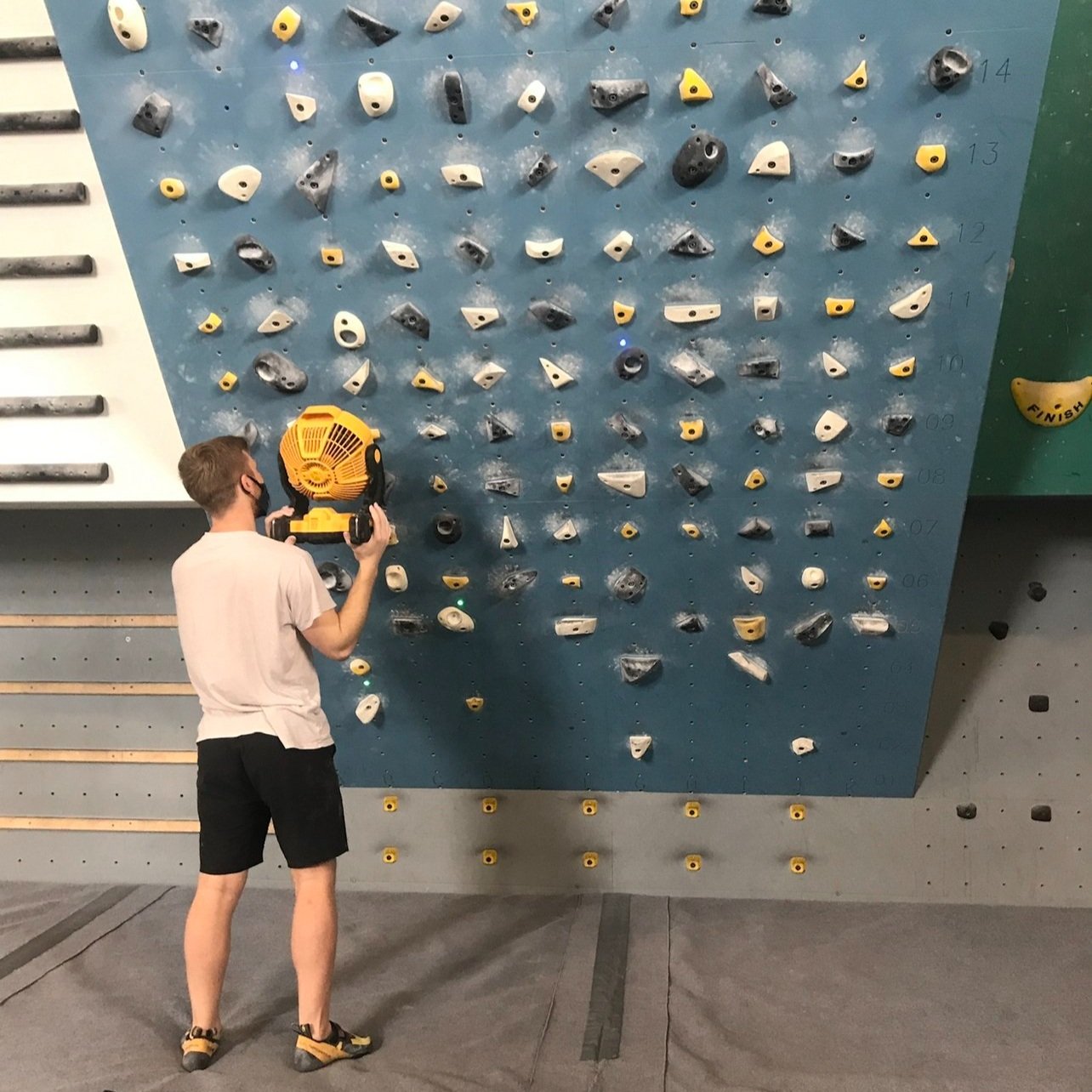The Learning Curve: The Fix for Painful Climbing Shoes
In my eleven years of climbing, I’ve come across a lot of different tricks for making climbing either easier or more enjoyable. Some seem like common sense once they are explained to you, (e.g. brushing holds or climbing in the shade), and some will still seem like complete shenanigans even after you’ve seen them used successfully.
In this new series of blog posts that I'm calling "The Learning Curve," I plan on sharing many of the helpful tricks and tactics that I’ve picked up across the last decade; the dark arts of rock climbing, if you will.
Today’s tactic is one of my all time favorites, and probably the one that I’ve shown other people more than any other. This one definitely falls under the "making climbing more enjoyable" category.
Climbing shoes can hurt sometimes.
Breaking in a new pair, putting shoes on when you have a blister or cut on your foot, or dealing with hot spots from shoes that don’t fit perfectly can all be very uncomfortable, and can make climbing miserable.
Have you ever continued to climb in a worn out pair of shoes, with a brand new pair sitting at home, for the sole reason of not wanting to break in the new pair?
Have you ever had to avoid climbing for a couple of days or wear your friend's giant shoes just because you had a blister on your foot and it hurt to put your size 35 "Solutions" on?
Are your climbing shoes a pain to put on for the first time each day before they loosen up for the rest of the session?
For everyone who both loves and hates climbing shoes, this is for you:
The Grocery Bag Technique
Take a plastic grocery bag, and cut out four squares. Roughly 5 inches per side is usually a good size.
Use these squares to cover your toes and your heels.
Attempt to put on your climbing shoes...
...and BOOM! The plastic bag takes away most of the friction, making it easier to put your shoes on. It also eliminates almost all irritation on your toes, the side of your foot, and on the back of your heel.
When I get a new pair of shoes, I’ll use this for the first 30 minutes or so of each session. No more blisters from wearing a new model that you’ve never owned before.
You can also use this technique for shoes that are hard to put on for the first time of the day, like "Dragons" or "Teams" (from "FiveTen"). I’ll put the bag over just my heel, climb a handful of warmups, and then take it out for the rest of the session.
This is also a great method for new climbers who haven't developed toe calluses yet, and feel like their climbing time is limited by the pain of wearing climbing shoes.
I always make sure to keep a few cut-out squares in my bouldering bucket at all times now.
Hopefully this helps take out some of the headache of dealing with painful climbing shoes! I plan on making "The Learning Curve" series a regular occurrence so let me know what you think, and if you have any favorite tactics or any topics you'd like me to talk about!





































Inspiration is intoxicating, but often fades as quickly as it shows up.